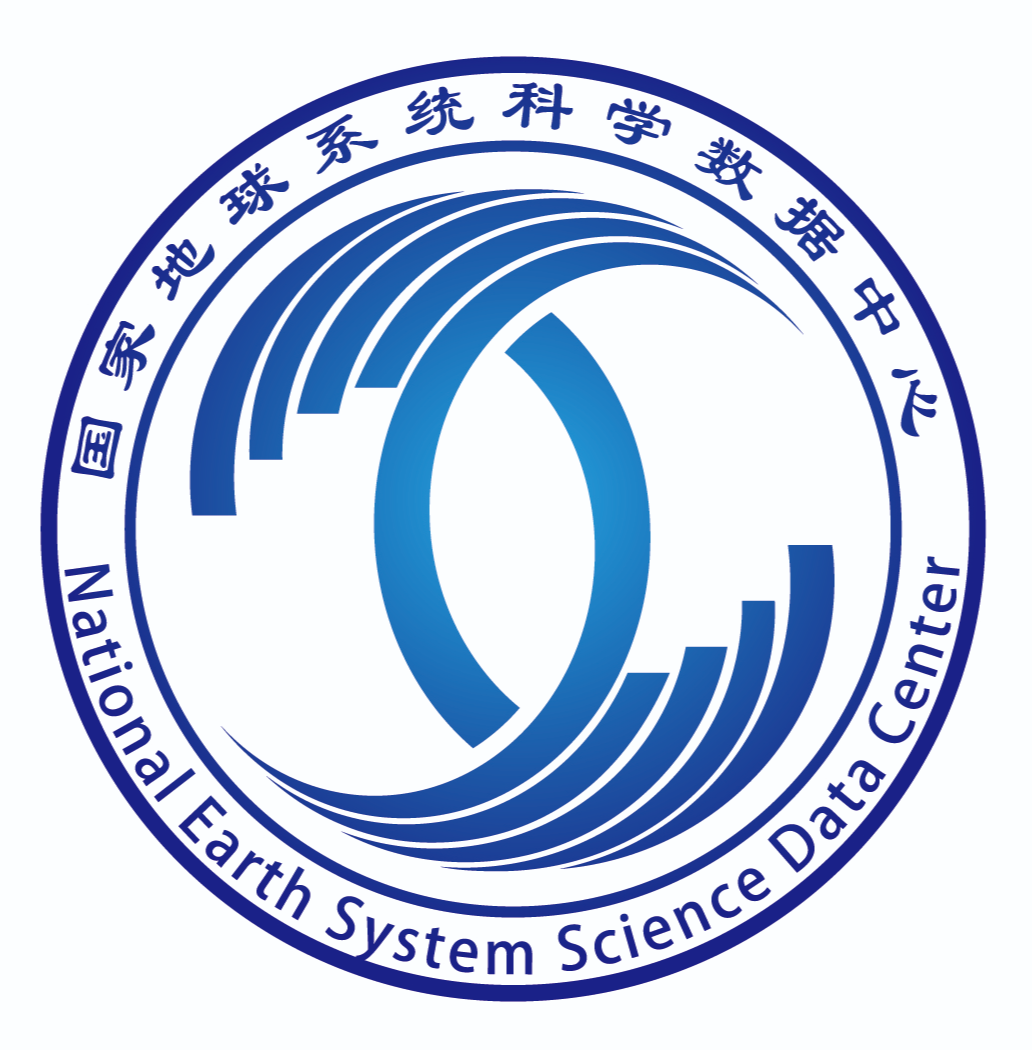The figure shows the plating of alloy nanocomposite electrobrush plating layer at the exfoliated part. The element distribution at the junction of the substrate, from the figure, it can be seen that Fe element is more distributed on the surface after shedding and less distributed on the surface of the alloy nanocomposite plating layer, Ni element is more distributed on the alloy nanocomposite plating layer and basically not on the substrate after shedding, Co element is more distributed on the alloy nanocomposite plating layer and more distributed on the substrate after shedding. Chemical bonding exists in the electrochemically deposited layer, and the chemical bonding The overall bonding strength is higher, and it is not easy to dissociate when subjected to force, while the mechanical embedding, which is easy to fracture when subjected to force, has residual alloying elements in the exfoliated part area, but the amount of alloying elements retained is very low, indicating the existence of chemical bonding bonding and mechanical bonding in the bonding of alloy nanocomposite plating and substrate. According to the distribution characteristics of the three elements, it can be seen that there is a large transition area in the middle, which indicates that the fracture area is wider and can withstand larger shear force when subjected to force.






















